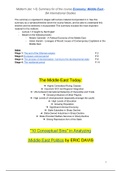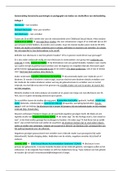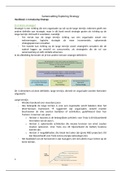Samenvatting
Economy: Middle East - Midterm Summary
- Instelling
- Universiteit Leiden (UL)
Midterm (LEC 1-5) Summary of the course Economy: Middle East for the BA International Studies at Leiden University. The summary is organised in stages with lecture material incorporated in it. See this summary as a narrative/timeline which the course follows, and be able to understand this timelin...
[Meer zien]







